Vietnam becomes sixth largest trading partner of China

Dao Viet Anh, the Vietnamese trade counselor of the Vietnamese Embassy in China
In acknowledgment of the change, a VOV correspondent based in Beijing conducted an interview with Dao Viet Anh, the Vietnamese trade counselor of the Vietnamese Embassy in China, regarding the encouraging feat.
With regard to the achievements recorded in trade exchanges between both sides amid the ongoing novel coronavirus (COVID-19) pandemic, Anh said with the epidemic serving to seriously harm the global economy, along with global trade, co-operation between the country and China can be seen as a bright spot. Indeed, there are plenty of positive results that exceeded initial expectations when the pandemic initially broke out.
According figures compiled by the General Administration of Customs of China, last year's two-way trade turnover reached a record high of US$192.2 billion, up 18.7%, with the nation’s export turnover to China surging by 22.4%, thereby allowing the country to assert itself as their largest trading partner in ASEAN.
Most notably, last year saw the country consistently beat the likes of Australia, and then Germany, to become China's sixth largest trading partner globally. These encouraging achievements largely came about due to several different factors.
Firstly, the drive and active participation of Government leaders, competent ministries, sectors, and localities to remove difficulties in trade co-operation and the exchange of goods between both sides which were severely hit by blocked border gates and seaports due to the impact of the COVID-19 pandemic.
The active involvement of the Government along with local agencies helped to open up trade flows, thereby greatly facilitating trade exchange activities between the two countries and allowing them to rapidly return to normal.
Secondly, the complementarity in the import and export structure of both nations was fully utilised as an important premise in trade turnover as a means of growing in a sustainable manner throughout the past year.
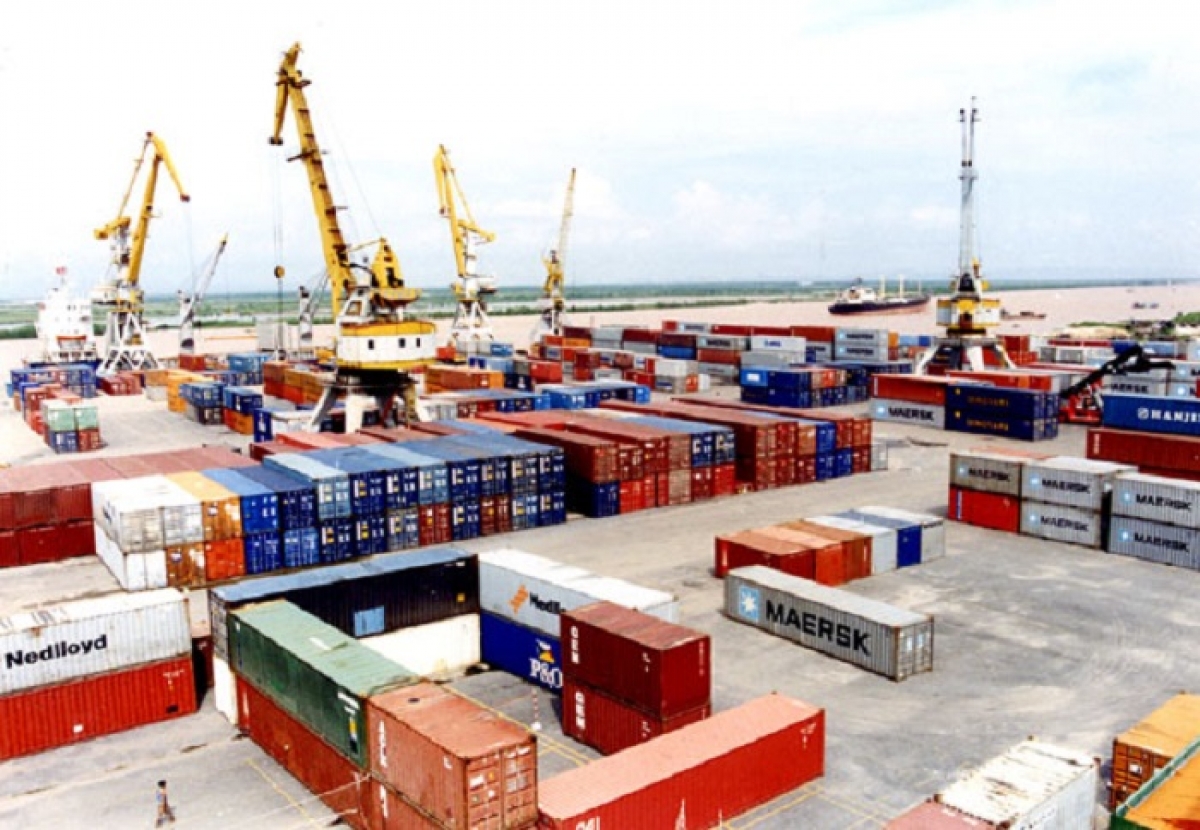
Last year's two-way trade turnover between Vietnam and China hit a record high of US$192.2 billion, up 18.7%, with the former’s export turnover to the latter increasing by 22.4%
Thirdly, the advantage of geographic location has favourable conditions for the transportation of goods and logistics activities between the two countries through a range of persified types of freight transportation, including roads, waterways, railways, leading to transportation costs and journey times being greatly reduced. Despite these efforts, the impact of the COVID-19 pandemic forced freight charges to continuously increase, causing plenty of difficulties for export-import activities.
Anh described how there remains ample room for trade co-operation between the country and China moving forward providing that bilateral ties maintain stable development momentum, in spite of the effects of the pandemic in 2020. In addition to the complementarity in the commodity structure between the two countries being promoted in an effective manner, it can be said that this year will see mutual trade co-operation continue to grow and reap new achievements in terms of trade turnover.
Last year witnessed the Chinese side open to Vietnamese black jelly products. In line with this, relevant Vietnamese ministries and sectors are pushing ahead with negotiations to ask China to rapidly open their market for key local products that bring high added value. These include items such as bird's nest, durian, and sweet potatoes, meaning that when these products gain entry into the Chinese market, they will contribute to improving the trade deficit.
Furthermore, the signing of the Comprehensive and Progressive Agreement for Trans-Pacific Partnership (CPTPP), the Europe-Vietnam Free Trade Agreement (EVFTA), and the Regional Comprehensive Economic Partnership (RCEP) Agreement can be viewed as a factor in luring large Chinese enterprises. Indeed, many Chinese firms are keen to be involved in investment and production activities in Vietnam as a means of taking advantage of preferences in the framework of these FTAs, Anh said.
This also represents a contributory factor in promoting trade co-operation between both sides and developing sustainably, he added.
In order to effectively utilise the Chinese market, the Vietnamese trade official underscored the need for domestic enterprises to thoroughly research the needs, samples, packaging, and tastes of Chinese consumers. This is alongside import and export, quarantine, and customs clearance regulations, as a means of devising a suitable and effective access and penetration strategy for their market.
Vietnamese businesses must also seriously comply with regulations and safety standards set out by international organisations. In addition, thorough attention should be paid to the production and processing of agricultural products in line with relevant standards, such as GLOBALGAP, VIETGAP, and other food safety standards implemented by Chinese regulations. This should be done to ensure that the products of Vietnamese enterprises abide by the food safety standards and can pass their customs clearance activities.
It is therefore necessary to be proactive in becoming involved in trade promotion activities, major fairs, and exhibitions throughout the northern neighbour as a means of promoting and introducing products. This can be done in combination with market studies, and direct connection with Chinese businesses and importers.
It is also essential to develop a team of staff who are proficient in the Chinese language and knowledgeable about their culture who can perform well with regard to the task of connecting, maintaining contacts, and exchanging import-export operations with Chinese partners, Anh emphasised.
Related News

Vietnam, Korea Customs sign AEO MRA
11:07 | 26/12/2024 Customs
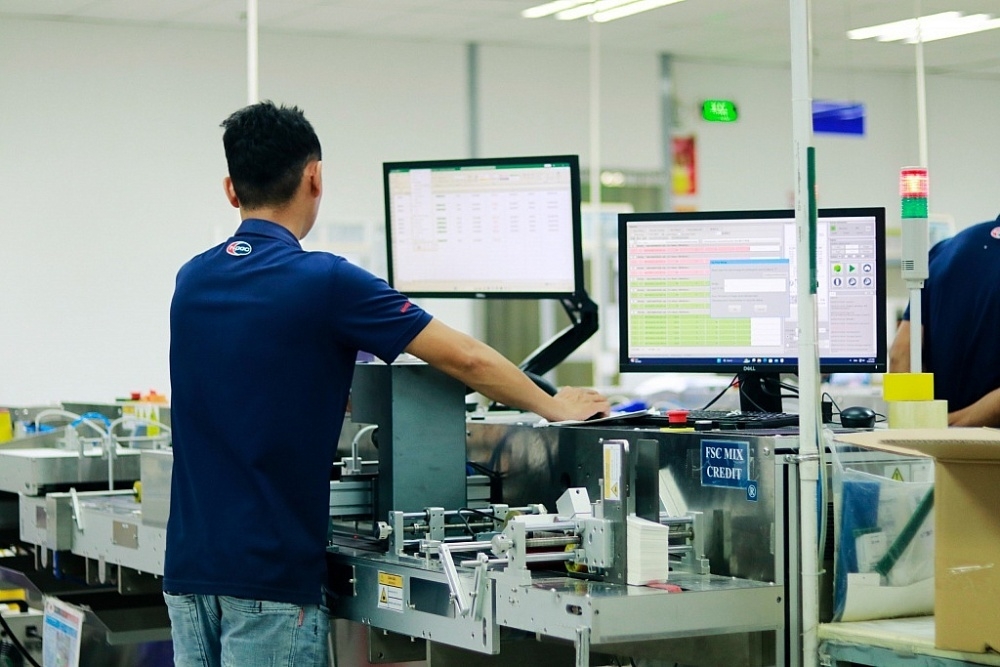
Prioritizing semiconductor workforce training
09:16 | 15/12/2024 Headlines
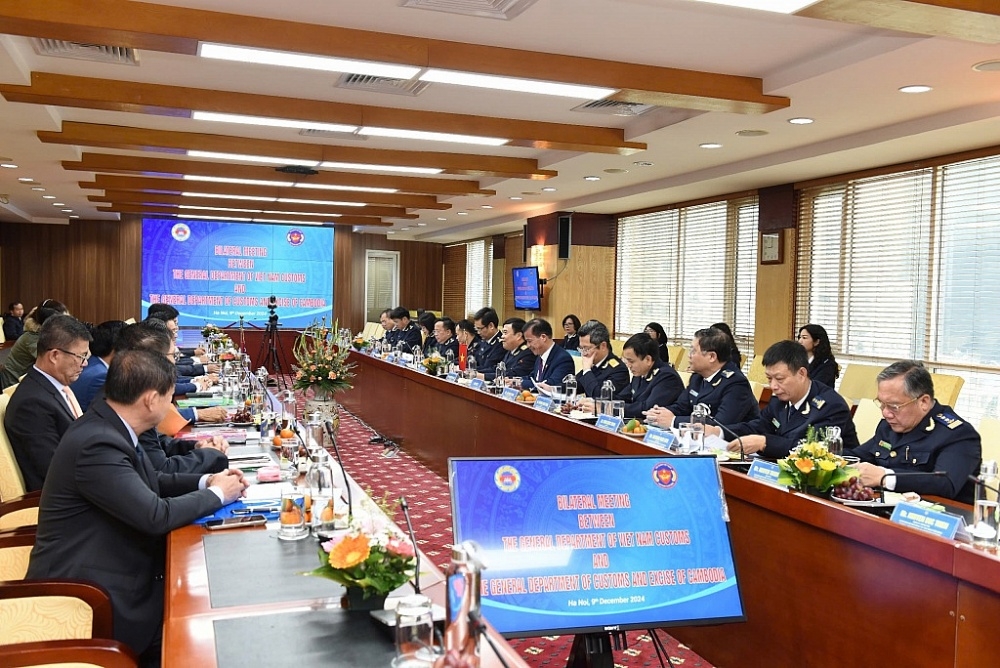
Vietnam-Cambodia: Looking back on journey of cooperation
14:45 | 11/12/2024 Customs

Vietnam-China e-commerce: A perspective from Lang Son border
13:39 | 06/12/2024 Headlines
Latest News

Nghệ An Province anticipates record FDI amidst economic upswing
15:49 | 26/12/2024 Import-Export

Green farming development needs supportive policies to attract investors
15:46 | 26/12/2024 Import-Export

Vietnamese enterprises adapt to green logistics trend
15:43 | 26/12/2024 Import-Export
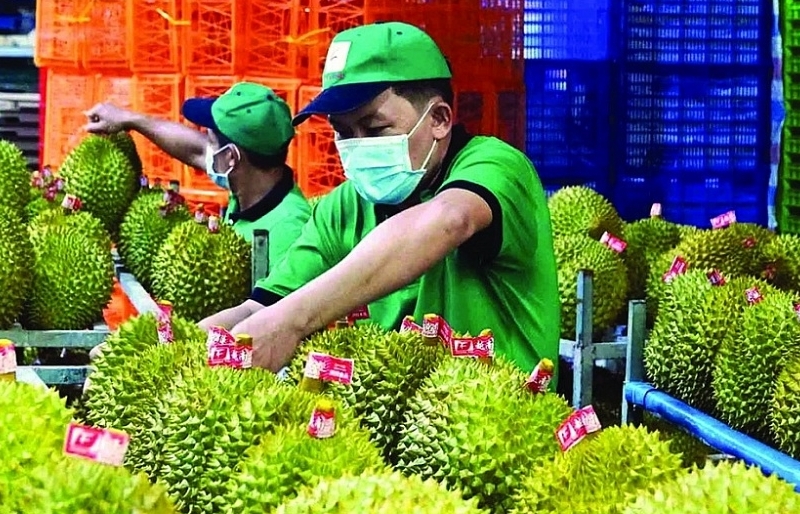
Paving the way for Vietnamese agricultural products in China
11:08 | 26/12/2024 Import-Export
More News

VN seafood export surpass 2024 goal of $10 billion
14:59 | 25/12/2024 Import-Export

Exporters urged to actively prepare for trade defence investigation risks when exporting to the UK
14:57 | 25/12/2024 Import-Export

Electronic imports exceed $100 billion
14:55 | 25/12/2024 Import-Export

Forestry exports set a record of $17.3 billion
14:49 | 25/12/2024 Import-Export
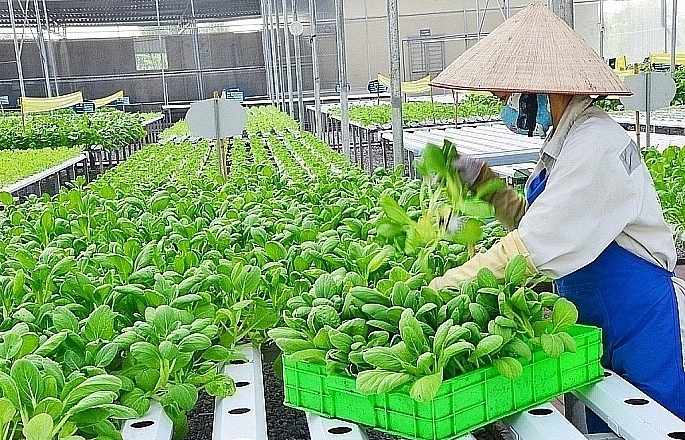
Hanoi: Maximum support for affiliating production and sustainable consumption of agricultural products
09:43 | 25/12/2024 Import-Export

Việt Nam boosts supporting industries with development programmes
13:56 | 24/12/2024 Import-Export

VN's wood industry sees chances and challenges from US new trade policies
13:54 | 24/12/2024 Import-Export

Vietnam's fruit, vegetable exports reach new milestone, topping 7 billion USD
13:49 | 24/12/2024 Import-Export

Aquatic exports hit 10 billion USD
13:45 | 24/12/2024 Import-Export
Your care

Nghệ An Province anticipates record FDI amidst economic upswing
15:49 | 26/12/2024 Import-Export

Green farming development needs supportive policies to attract investors
15:46 | 26/12/2024 Import-Export

Vietnamese enterprises adapt to green logistics trend
15:43 | 26/12/2024 Import-Export

Paving the way for Vietnamese agricultural products in China
11:08 | 26/12/2024 Import-Export

VN seafood export surpass 2024 goal of $10 billion
14:59 | 25/12/2024 Import-Export





